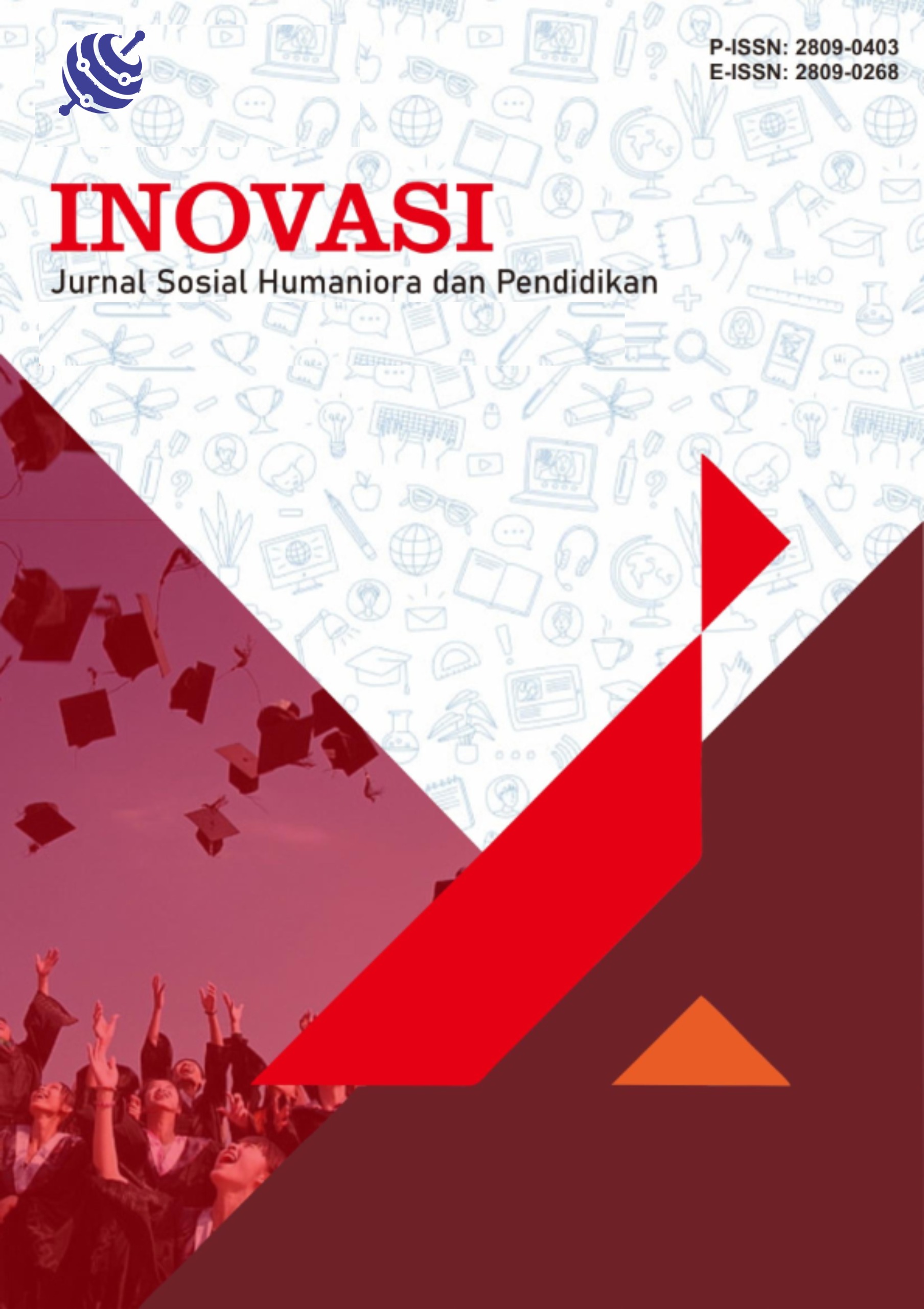Penggunaan Model Pembelajaran Problem Based Learning dalam Peningkatan Hasil Belajar Matematika pada Materi Pengukuran Siswa Kelas IIA SD Negeri Pondok 02
DOI:
https://doi.org/10.55606/inovasi.v4i2.4084Keywords:
Math Learning Outcomes, Mathematics, Problem Based LearningAbstract
Teachers play an important role in choosing the right learning model, which is closely related to student learning outcomes. This is still not in accordance with the practice in the field where the understanding is only temporary, so that the level of student learning in solving mathematical problems is still low. The purpose of this study is to improve students' mathematics learning outcomes using the Problem Based Learning (PBL) learning model. Class IIA students of Pondok 02 Elementary School totaling 19 students were the subjects of this study. The object of this study is an effort to improve mathematics learning outcomes in measurement material using the Problem Based Learning model. The research method uses Classroom Action Research which is carried out in three cycles. In collecting data using observation techniques and tests in the form of formative test results at the end of each cycle. For data analysis using simple statistics. The results of the study showed that the use of the Problem Based Learning (PBL) model can improve students' mathematics learning outcomes as evidenced by the increase in the percentage of students who achieve the learning completeness criteria from the initial condition (pre-cycle) which is 52.63% to 53% in cycle I, then in cycle II reaching 84%, and in cycle III the percentage reaches 95%. Thus, it is concluded that the use of the Problem Based Learning (PBL) model can improve mathematics learning outcomes in the measurement material of class IIA SD Negeri Pondok 02.
References
Edison, A. (2021). Model Problem Based Learning: Solusi meningkatkan prestasi belajar (p. 35). NTB: Pusat Pengembangan Pendidikan dan Penelitian Indonesia.
Fauzia, H. A. (2018). Penerapan model pembelajaran Problem Based Learning untuk meningkatkan hasil belajar matematika SD. Jurnal Primary Program Studi Pendidikan Guru Sekolah Dasar Fakultas Keguruan dan Ilmu Pendidikan Universitas Riau, 7(1). https://primary.ejournal.unri.ac.id/index.php/JPFKIP/article/download/5338/5006
Husamah, dkk. (2018). Belajar dan pembelajaran (p. 20). Malang: UMM Press.
Najoan, R. A. O., dkk. (2023). Penerapan model Problem Based Learning untuk meningkatkan hasil belajar matematika siswa sekolah dasar. Edukatif: Jurnal Ilmu Pendidikan, 5(2), 1268–1278.
Pristiwanti, D., dkk. (2022). Pengertian pendidikan. Jurnal Pendidikan dan Konseling, 4(1). https://journal.universitaspahlawan.ac.id/index.php/jpdk/article/view/9498/7322
Purwanto. (2010). Evaluasi hasil belajar (pp. 42–43). Yogyakarta: Pustaka Pelajar.
Suprayitno, A. (2020). Menyusun PTK Era 4.0 (pp. 180–183). Yogyakarta: Depublish.
Surya, Y. F. (n.d.). Penerapan model pembelajaran Problem Based Learning untuk meningkatkan hasil belajar matematika siswa kelas IV SDN 016 Langgini Kabupaten Kampar. Journal Cendekia: Jurnal Pendidikan Matematika, 1(1), 38–53.
Susanti, S., & Nugrahani, F. (2023). Meningkatkan hasil belajar melalui model pembelajaran Problem Based Learning di kelas IV pada muatan pelajaran matematika. Scholastica Journal, 6(1), 22–33. https://jurnal.univpgri-palembang.ac.id/index.php/scholastica/article/view/12794/8152
Wardani, I. G. A. K., & Wihardit, K. (2020). Penelitian tindakan kelas. Tangerang Selatan: Universitas Terbuka.
Downloads
Published
How to Cite
Issue
Section
License
Copyright (c) 2025 Jurnal Sosial Humaniora dan Pendidikan

This work is licensed under a Creative Commons Attribution-ShareAlike 4.0 International License.







